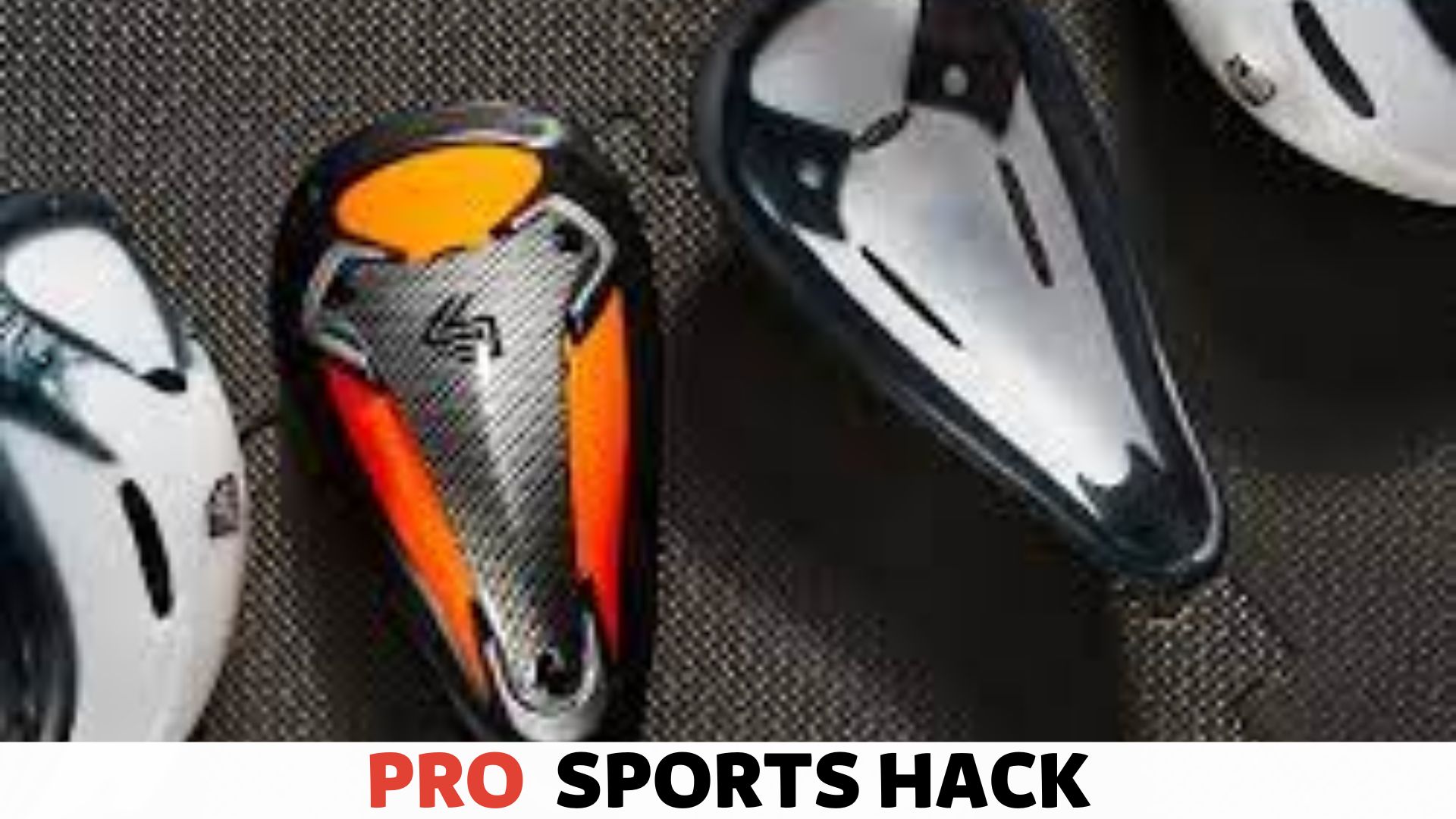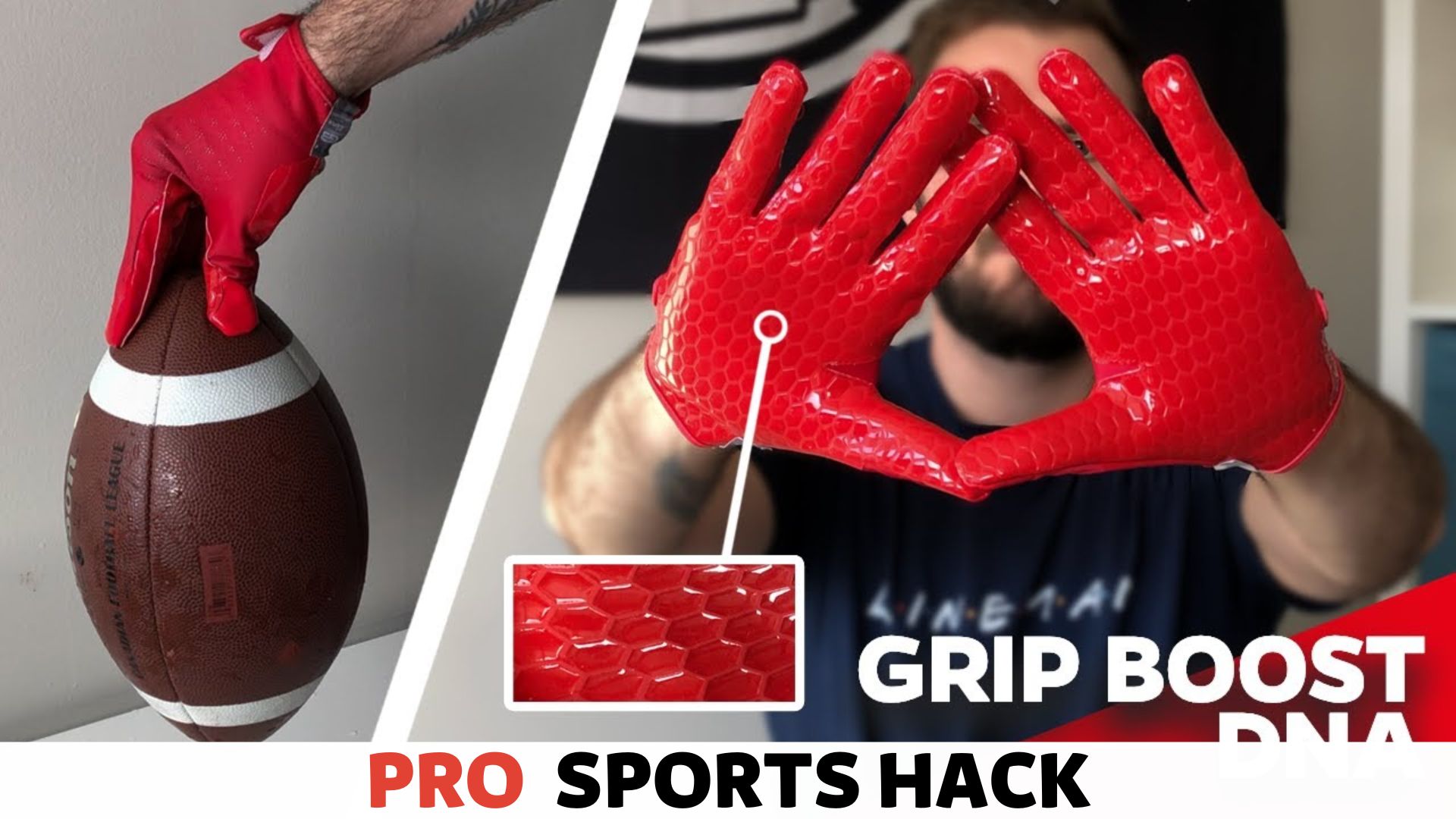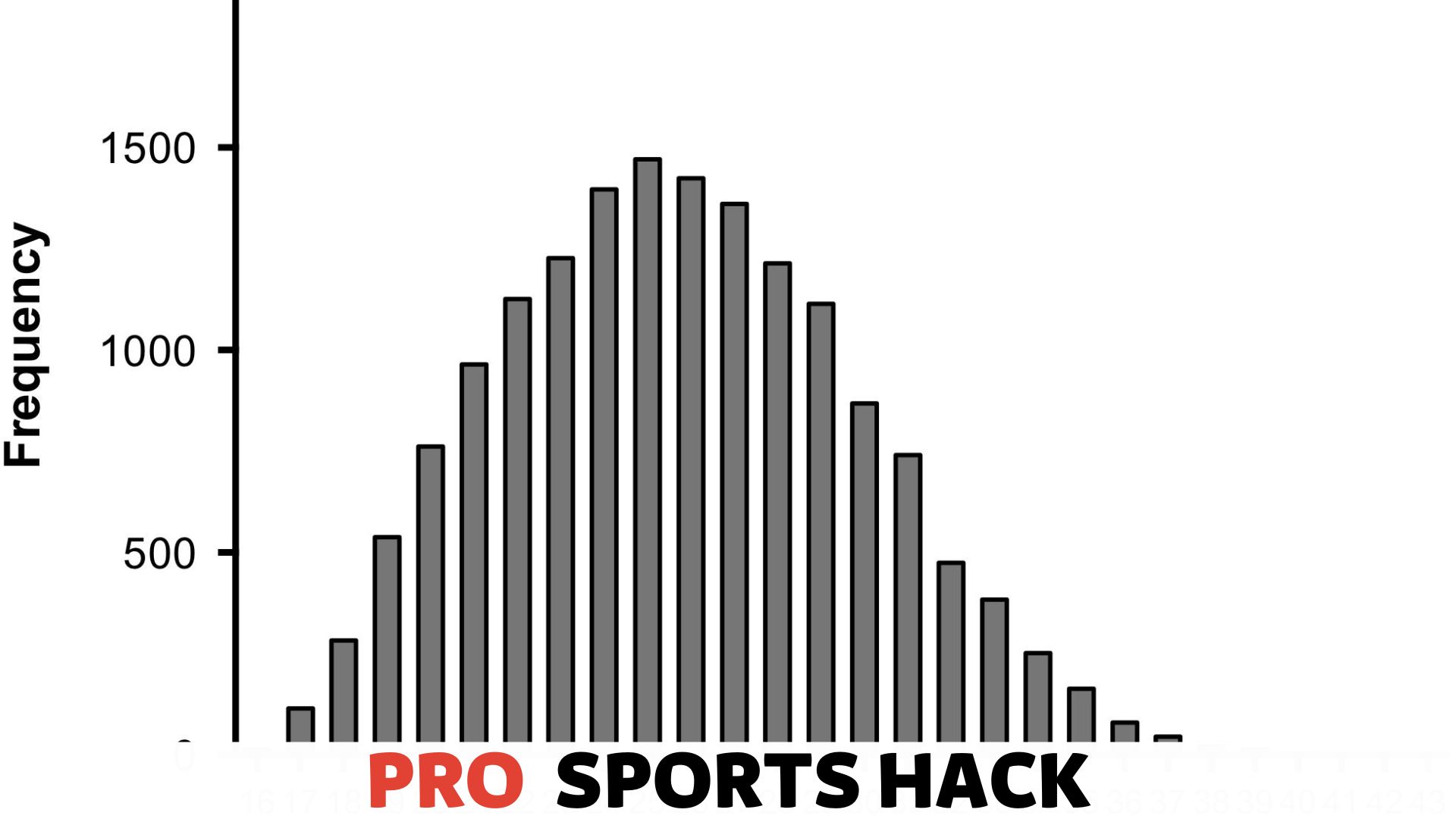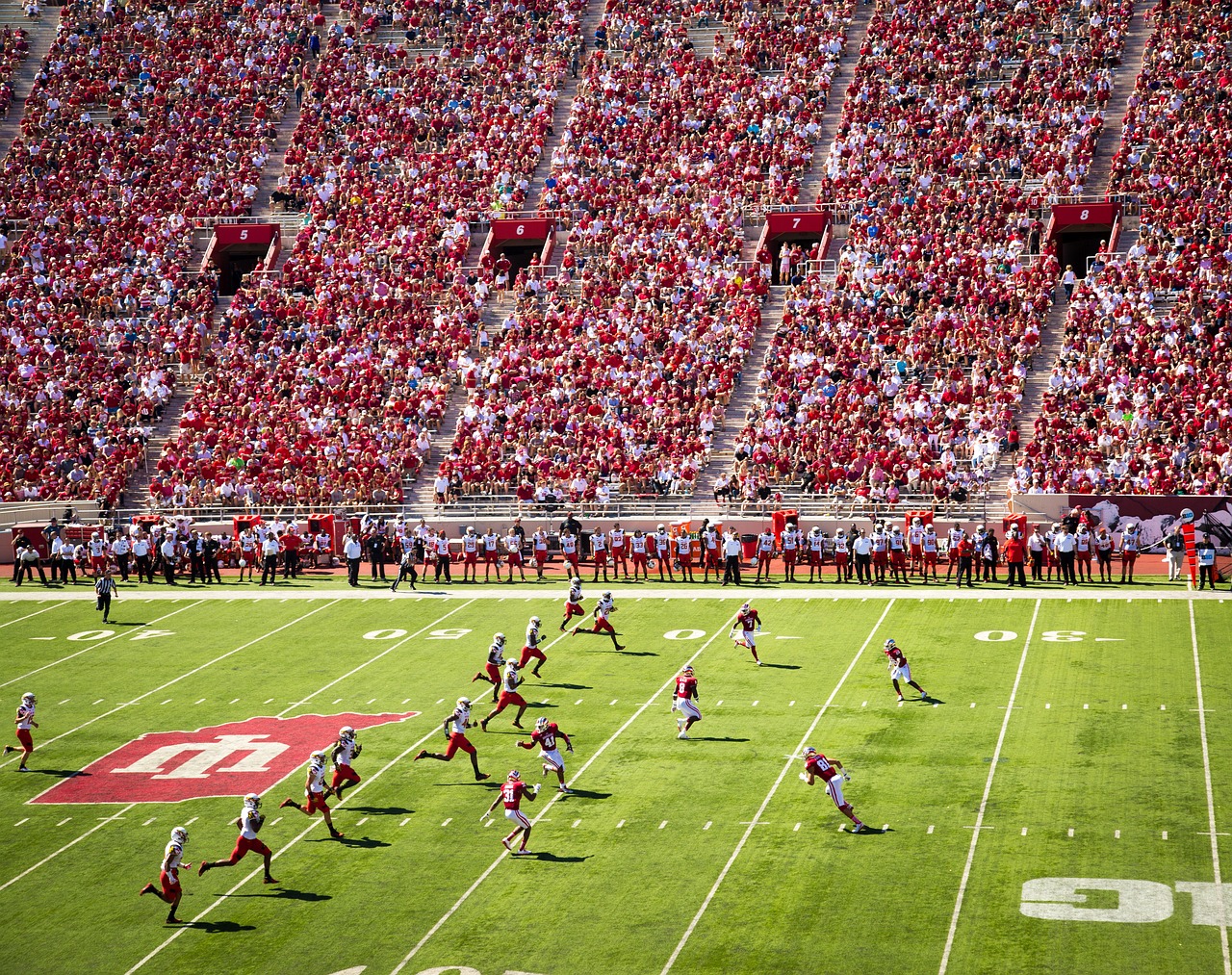
To clean a leather football, use a mild soap and warm water solution to scrub the surface and remove any dirt or stains gently.
Understanding the Cleaning Process
Proper cleaning is essential to maintain the longevity and performance of a leather football. Keeping your football clean enhances its appearance and helps prevent damage caused by dirt, grime, and sweat.
Understanding the cleaning process and following simple steps ensures your leather football is always game-ready.
The importance of regular cleaning for a leather football
Regular cleaning is of utmost importance when it comes to a leather football. Over time, dirt, sweat, and oils from your hands can accumulate on the surface, making the football slippery and affecting its grip.
Moreover, neglecting to clean your football can lead to the buildup of bacteria, which not only affects the performance but also poses health risks.
By regularly cleaning your leather football, you maintain its optimal condition and extend its lifespan. A well-maintained football will provide a better playing experience and improve your overall performance on the field.
While ensuring that your leather football is clean and well-maintained, you might also be curious about ‘Exploring Football Wax Alternatives: What’s Beyond the Traditional?’ to give your ball the best possible care without relying solely on conventional methods.
Factors to consider before starting the cleaning process
Before diving into the cleaning process, it is important to consider a few factors that will ensure the best results. These factors include:
- Weather conditions: It is recommended to clean your leather football on a sunny day with moderate humidity. Cleaning it in extreme weather conditions, such as rain or excessive heat, may affect drying and potentially damage the leather.
- Cleaning products: Choosing the right cleaning products is crucial to protect the integrity of the leather. Look for products specifically designed for cleaning leather sports equipment. Avoid using harsh chemicals or abrasives that can strip the natural oils of the leather and cause damage.
- Testing an inconspicuous area: Before applying any cleaning agent to the entire football surface, it is advisable to test it on a small area. This will ensure the cleaning product doesn’t cause discoloration or damage to the leather.
- Proper drying: Proper drying is crucial to prevent mold or mildew growth after cleaning your leather football. Ensure the football is completely dry before storing it to maintain its shape and integrity.
By considering these factors and following the recommended steps, you can effectively clean your leather football and keep it in optimal condition for many games.
Gathering the Necessary Supplies
Essential cleaning supplies for a leather football
Gathering all the necessary supplies is essential before you can start cleaning your leather football. Having the right tools and cleaners will ensure you can effectively clean and maintain your football, keeping it in pristine condition.
Here are the essential cleaning supplies you’ll need:
- Mild soap or leather cleaner: To clean the surface of the leather, you’ll need a mild soap or a leather-specific cleaner. Avoid harsh chemicals or abrasive cleaners, as they can damage the leather.
- Soft cloth or sponge: A soft cloth or sponge will apply the soap or cleaner onto the leather. Look for a non-abrasive cloth or sponge to prevent scratching or scuffing.
- Warm water: Warm water will dilute the soap or cleaner and rinse off the leather football’s surface after cleaning. Ensure the water is not too hot or cold, as extreme temperatures can affect the leather.
- Bucket or basin: You’ll need a bucket or basin to hold the warm water and to mix in the soap or cleaner. Opt for a container large enough to accommodate the football comfortably.
- Towels: Towels will be handy for drying the leather football after cleaning. Choose absorbent towels or microfiber cloths to ensure a thorough drying process.
- Leather conditioner: After cleaning and drying the football, applying a leather conditioner can help maintain suppleness and prevent it from cracking or drying out. Look for a leather conditioner specifically designed for sports equipment or leather footballs.
- Optional: Soft bristle brush: If your leather football has stubborn stains or dirt buildup, you may consider using a soft bristle brush to scrub the affected areas gently. Ensure the brush is soft to avoid damaging the leather.
Choosing the right type of cleaner for disinfection
When it comes to disinfecting your leather football, it’s crucial to select the right type of cleaner. Not all cleaners are suitable for leather surfaces, and using the wrong one can cause irreversible damage.
Follow these guidelines to choose the appropriate cleaner for disinfection:
- Check the label: Before purchasing a cleaner, carefully read the label to ensure it is safe for use on leather. Look for words like “leather-safe” or “suitable for use on leather” to ensure compatibility.
- Avoid harsh chemicals: Harsh chemicals, such as bleach or ammonia-based cleaners, should be avoided as they can cause discoloration or deterioration of the leather. Opt for mild and non-abrasive cleaners instead.
- Consider specialized leather cleaners: If available, choose a cleaner specifically formulated for use on leather sports equipment or footballs. These cleaners are designed to effectively clean and disinfect leather while minimizing the risk of damage.
- Spot test: Before applying the cleaner to the entire surface of the leather football, perform a spot test on a small, inconspicuous area. This test will help you ensure the cleaner does not cause any adverse reactions or discoloration.
Gathering the necessary supplies for cleaning your leather football is the first step towards maintaining its quality and prolonging its lifespan.
With the right tools and cleaners, you can tackle any dirt, grime, or bacteria that may accumulate on the surface.
Remember to choose cleaners specifically designed for leather and be cautious when disinfecting to prevent any damage. Once you’ve gathered all the supplies, it’s time to move on to the actual cleaning process.
Once you’ve mastered the art of how to clean a leather football, it’s natural to wonder if other gear can be kept just as pristine, which brings us to an important question: ‘Can Football Gloves Be Washed?’ — a topic we’ll explore to keep all your equipment in top condition.
Preparing the Football for Cleaning
Before deep cleaning your leather football, it’s important to prepare it properly. This step will help remove excess dirt and debris and tackle stubborn stains effectively.
By following these tips, you’ll ensure that your football is ready for a thorough cleaning.
Removing Excess Dirt and Debris
If your leather football has accumulated dirt and debris over time, it’s crucial to remove it before proceeding with the cleaning process. Here are a few steps to get rid of the excess dirt:
- Start by wiping the football with a damp cloth to remove any loose dirt on the surface.
- Use a soft-bristled brush or a toothbrush to gently scrub the seams and grooves of the football to dislodge any stubborn dirt.
- Once you have removed most of the dirt, wipe the football with a clean, damp cloth to ensure all loose particles are gone.
Following these steps’ll effectively remove the excess dirt and ensure a clean surface for further stain removal.
Tips for Tackling Stubborn Stains
While playing football, it’s common for the leather to develop stubborn stains that are trickier to remove. Fortunately, there are several effective techniques you can use to tackle these stains:
- Vinegar Solution: Create a mixture of equal parts water and white vinegar. Dampen a soft cloth with the solution and gently rub the stained area in circular motions. Rinse the cloth and repeat until the stain is no longer visible. Remember to dry the football thoroughly afterward.
- Mild Soap and Water: If the vinegar solution doesn’t work, try using a mild soap and water mixture. Apply the solution to a clean cloth and gently rub the stained area. Rinse the cloth and repeat as necessary. Once again, ensure the football is completely dry after cleaning.
- Specialized Leather Cleaner: For more stubborn stains, consider using a specialized leather cleaner recommended for sports equipment. Follow the manufacturer’s instructions carefully, and always test the cleaner on a small, inconspicuous area first.
Following these tips, you can tackle even the most stubborn stains on your leather football and restore it to its former glory.
Now that you know how to prepare your football for cleaning and tackle stubborn stains, you’re ready to move on to the next steps of the cleaning process.
In the next section, we will discuss the best methods for deep cleaning and conditioning your leather football.
Cleaning the Leather Football
A leather football is a prized possession for any football enthusiast. It’s important to keep it clean and well-maintained to ensure its longevity and optimal performance on the field.
Cleaning a leather football may seem daunting, but with the right techniques and products, it can be a breeze.
In this section, we will guide you through cleaning your leather football effectively.
Using a Mild Soap Solution to Clean the Football
Preparing a mild soap solution is the first step in cleaning a leather football. You will need a basin or bucket filled with warm water and a gentle soap, such as mild dish soap or leather cleaner.
Avoid harsh chemicals or abrasive cleaners as they can damage the delicate leather surface.
To create the soap solution, mix a small amount with the warm water until it forms a gentle lather.
Be sure to test the solution on a small, inconspicuous football area first to ensure it does not cause discoloration or damage.
Once the soap solution is ready, dip a soft cloth or sponge into the mixture and wring out any excess water. You want the cloth or sponge damp but not dripping wet to avoid saturating the leather.
Gently Scrubbing the Surface to Remove Dirt and Grime
With the soap solution-prepared cloth or sponge in hand, gently scrub the surface of the leather football. Start by focusing on any visible areas of dirt or grime, using small circular motions to lift and remove the filth.
Be sure to apply even pressure and avoid scrubbing too vigorously to prevent damaging the leather.
Pay attention to stubborn stains or discoloration as you work around the football. For particularly tough stains, you can use a soft-bristled brush or a toothbrush to scrub the area gently.
Patience and persistence can go a long way in achieving a spotless leather football.
Rinse the Football Thoroughly to Ensure No Soap Residue Remains
After you have thoroughly scrubbed the leather football, it’s crucial to rinse it properly to remove any soap residue. Rinse out your cloth or sponge with clean water and use it to wipe down the entire football surface, making sure to remove all traces of soap.
Alternatively, you can fill another basin or bucket with clean water and submerge the football. Gently swish the football in the water to ensure the soap is completely washed away.
Repeat this process a few times until the water remains clear after swishing the football.
Once you know all the soap residue has been removed, use a clean cloth to pat the football dry. Avoid leaving it out in direct sunlight or using any heat sources to speed up the drying process, as this can cause damage to the leather.
Congratulations! You have successfully cleaned your leather football, restoring its appearance and allowing it to shine on the field again. Regular cleaning and maintenance will keep your leather football in top condition, ensuring it lasts many seasons.
“Proper maintenance of your football gear doesn’t stop with cleaning; it’s also crucial to ensure your footwear is game-ready, so let’s dive into the ‘Best Way to Break in Football Cleats‘ to enhance your comfort and performance on the field.
Drying the Leather Football
Properly drying a leather football is crucial to maintain its quality and extend lifespan. After cleaning the football and removing excess moisture, following the correct drying method is essential to avoid damage.
Implement these tips and techniques to ensure your leather football is dried effectively, preventing potential harm.
The Proper Method for Drying a Leather Football
When drying a leather football, it’s important to employ the right technique to avoid potential damage. Follow these steps:
- Pat dry: Use a clean cloth to pat the football’s surface gently. This will help absorb any remaining moisture and prevent it from seeping into the leather.
- Air drying: Once you’ve removed the excess moisture, allow the football to air dry naturally. Find a well-ventilated area away from direct sunlight or any sources of heat. Hang the football or place it on a clean, dry surface with enough space for air circulation.
- Rotate frequently: It’s crucial to rotate the football regularly during drying. This helps ensure that all sides of the ball are exposed to air and dry evenly. Depending on the climate and humidity levels, drying times may vary, so pay attention to the football’s condition and adjust accordingly.
- Avoid artificial heat: Remember that exposing a leather football to direct heat sources, such as hairdryers or heaters, can cause the leather to dry too quickly and become brittle. A gentle, natural drying process is always the safer choice.
- Complete drying: Once the leather football is completely dry to the touch, you can move on to the next step, which involves conditioning the leather to keep it supple and prevent cracking. Refer to our previous blog post for detailed instructions on leather football conditioning.
Tips for Preventing Damage During the Drying Process
While drying your leather football, taking precautions is important to avoid causing any damage. Here are some tips to keep in mind:
- Avoid excessive rubbing: Avoid applying excessive pressure or vigorously rubbing the leather when patting the football dry. This can disrupt the natural fibers and cause damage to the surface.
- Separate from other objects: Keeping the leather football separate from other objects during drying is advisable. This prevents potential staining or scratching from contact with surfaces or materials that may transfer color or leave marks.
- Prompt action: Remember to dry the football as soon as possible after cleaning, as leaving it damp for an extended period can lead to mold or mildew growth.
- Regular maintenance: Ensuring your leather football is adequately cleaned and dried after each use can prevent dirt and moisture from accumulating over time. This will help maintain its quality and minimize the risk of premature deterioration.
Proper drying is essential for a leather football’s longevity and condition.
By following the correct method and taking precautions to prevent damage, you can ensure your leather football stays in optimal shape for many matches.
Conditioning and Protecting the Leather
After cleaning your leather football, it’s important to condition and protect the leather properly to maintain its quality and prolong its lifespan. Conditioning the leather helps to keep it soft, supple, and less prone to cracking or drying out.
Protecting the leather from future wear and tear ensures that each game will be played with a ball that looks and feels its best.
Applying a leather conditioner to maintain the ball’s quality
To maintain the quality of your leather football, applying a high-quality leather conditioner is essential.
This will keep the leather in good shape and enhance its appearance and durability. Follow these steps to apply a leather conditioner correctly:
- Start by thoroughly cleaning the ball and removing all dirt and debris.
- Apply a small amount of leather conditioner onto a clean, soft cloth.
- Gently massage the conditioner into the leather using circular motions. Make sure to cover the entire surface of the ball.
- Leave the conditioner on the leather for the recommended time specified on the product packaging. This allows the conditioner to penetrate and nourish the leather fully.
- Using a separate clean cloth, gently buff the leather to remove any excess conditioner. This helps in achieving an even texture and appearance.
By regularly conditioning your leather football with a suitable leather conditioner, you can maintain the ball’s quality and ensure that it remains in top-notch condition for longer.
Protecting the leather from future wear and tear
Protecting your leather football from future wear and tear is crucial to maintaining its overall quality and extending its lifespan. Here are a few tips to help you protect the leather:
- Avoid exposing the ball to extreme temperatures, as this can cause the leather to crack or dry out. Store the ball in a cool, dry place when not in use.
- Use a ball-specific leather protector spray to create a barrier that shields the leather from moisture and dirt. Apply the spray evenly across the entire surface of the ball, following the product instructions carefully.
- Regularly inspect the ball for any signs of damage, such as cuts or tears in the leather. If you notice any issues, repair them promptly using a leather repair kit or seek professional assistance.
- Refrain from using the football on rough or abrasive surfaces, which can damage the leather. Stick to playing on grass or artificial turf to minimize wear and tear.
By implementing these preventative measures, you can safeguard the leather of your football and ensure that it remains in excellent condition, ready for many more games to come.
Storing the Leather Football Properly
Properly storing a leather football is essential for preventing damage and extending the lifespan of the ball. Your leather football should be stored in a clean, dry, and cool environment when not in use.
In this section, we will discuss the best practices for storing a leather football to ensure it stays in top condition and ready for your next game. Let’s dive in!
Best practices for storing a leather football
1. Clean and dry the football
Before storing your leather football, cleaning and drying it thoroughly is crucial. Use a soft cloth or sponge dampened with mild soapy water to wipe away any dirt or debris gently. Avoid harsh chemicals or excessive moisture, as this can damage the leather.
2. Apply a leather conditioner
After cleaning, it is recommended to apply a leather conditioning product to keep the leather hydrated and supple. This will prevent it from drying out and cracking over time. Simply follow the instructions on the conditioner’s packaging for the best results.
3. Avoid direct sunlight and extreme temperatures
Keep your leather football away from direct sunlight and extreme temperatures when storing it. Prolonged exposure to sunlight can cause fading and damage to the leather, while extreme heat or cold can lead to cracking or warping. Find a cool and dry location, such as a closet or storage bin, to store your ball.
4. Use a padded bag or case
Consider using a padded bag or case specifically designed for storing sports equipment to provide extra protection. This will help shield the ball from accidental bumps or falls that could cause damage. Plus, it will keep the ball free from dust and dirt.
5. Avoid stacking or compressing the football
When storing your leather football, avoiding stacking or compressing it with other items is important. Excessive pressure can distort the shape of the ball and damage the leather. Instead, find a dedicated space where the ball can rest without being squished.
6. Check on the football periodically
Even when your leather football is safely stored away, it’s a good idea to check on it periodically. This allows you to ensure the ball remains in good condition and promptly address any issues, such as drying out or mold growth.
Preventing damage and extending the lifespan of the ball
By following these best practices for storing a leather football, you can prevent damage and extend the lifespan of your beloved ball. Proper cleaning, conditioning, and storage will keep the leather supple, maintain its appearance, and ensure it’s ready to be used whenever you’re ready for some football action!
Additional Tips and Considerations
How to Address Specific Issues such as Scuffs or Discoloration
Leather footballs can sometimes develop scuffs or discoloration over time. However, you can easily restore their original beauty with the right techniques and tools. Here are a few tips to help you address these specific issues:
Scuff Marks
When scuff marks appear on your leather football, you can eliminate them in several ways. Here’s a step-by-step guide that you can follow to get rid of those annoying scuffs:
1. Prepare a mixture of warm water and mild soap.
2. Dip a clean cloth into the soapy water and wring any excess moisture.
3. Gently rub the cloth over the scuff mark using small, circular motions.
4. Continue to do so until the scuff mark disappears.
5. Once the scuff mark is gone, wipe the area with a damp cloth to remove any residue.
6. Dry the football with a clean towel to prevent water stains.
Discoloration
Over time, leather footballs may also experience discoloration, especially if exposed to sunlight or harsh weather conditions. Restoring the color of your football is possible by following these simple steps:
1. Start by cleaning the entire surface of the football using a leather cleaner. This helps remove any dirt or grime that may have contributed to the discoloration.
2. After cleaning, let the football dry completely before proceeding.
3. Apply a high-quality leather conditioner to the entire football surface. This will help restore moisture and prevent further discoloration.
4. Use a soft cloth to gently massage the conditioner into the leather, ensuring even coverage.
5. Allow the leather conditioner to absorb for a few minutes.
6. After absorption, use a clean cloth to buff the football, removing any excess conditioner and revealing its natural shine.
Regular Maintenance Routines to Keep Your Leather Football in Top Condition
Regular maintenance is key to keeping your leather football in top condition and prolonging its lifespan. By following these simple routines, you can enjoy a clean and well-maintained football every time you step onto the field:
1. Clean After Each Use
Cleaning your leather football after each use helps remove dirt, sweat, and other substances that may accumulate during gameplay. This prevents the leather from deteriorating and keeps it looking pristine. Use a damp cloth and mild soap to wipe the surface, gently removing debris.
2. Store Properly
Proper storage plays a crucial role in maintaining the integrity of your leather football. Ensure the football is kept in a cool, dry place away from direct sunlight when not in use. Avoid storing it in humid environments, as moisture can cause mold or mildew to develop.
3. Apply Leather Conditioner
Regularly applying a leather conditioner helps keep the leather soft, supple, and less prone to cracking. Follow the instructions provided by the manufacturer and apply the conditioner using a soft cloth. Make sure to cover the entire surface of the football for maximum protection.
4. Keep Away from Sharp Objects
Avoid exposing your leather football to sharp objects that can puncture or scratch the surface to prevent unnecessary damage. Store it in a safe place where it won’t come into contact with sharp edges or pointy items.
Following these regular maintenance routines ensures that your leather football remains in top condition, ready for your next game or practice session. Remember, a well-maintained football looks great and performs optimally on the field.
Frequently Asked Questions
How Do You Clean A Dirty Football?
Wipe a dirty football with a damp cloth and mild soap to clean it down. Scrub off tough stains gently with a soft-bristle brush. Rinse off the soap and wipe dry with a clean towel. Let the football air dry completely before storing it.
How Do You Make Leather Football Tacky Again?
To make leather football tacky again, use a leather conditioner to restore its grip. Apply the conditioner, let it soak in for a few minutes, then wipe off any excess. This will rejuvenate the leather and enhance its tackiness, making it easier to grip and control during games.
How Do You Restore The Grip On A Leather Football?
To restore the grip on a leather football, clean the ball with a mild soap and water solution, then apply a thin layer of grip-enhancing products like rubber cement or specialized football grip spray. Allow the product to dry before using the ball again.
It’s a simple solution to improve the leather football’s grip.
Can You Use Leather Conditioner On A Football?
Yes, you can use a leather conditioner on a football to keep it in good condition. It helps to moisturize and protect the leather, making it last longer and stay soft.
How Often Should You Clean A Leather Football?
It is recommended to clean the leather football after every use to prolong its lifespan and maintain its performance.
Conclusion
Cleaning a leather football is essential to maintain its longevity and performance. By following these steps, you can effectively remove dirt, stains, and odors without causing damage to the leather.
Remember to use gentle cleaning agents and avoid excessive rubbing or scrubbing.
Regular cleaning will ensure that your leather football remains in top condition, ready for the next thrilling game. Keep your equipment clean, and enjoy the game to the fullest!




![Cat in the Chrysalis Spoiler: All You Need To Know [Updated] Cat in the Chrysalis Spoiler](https://prosportshack.com/wp-content/uploads/2024/02/Cat-in-the-Chrysalis-Spoiler-100x75.jpg)














